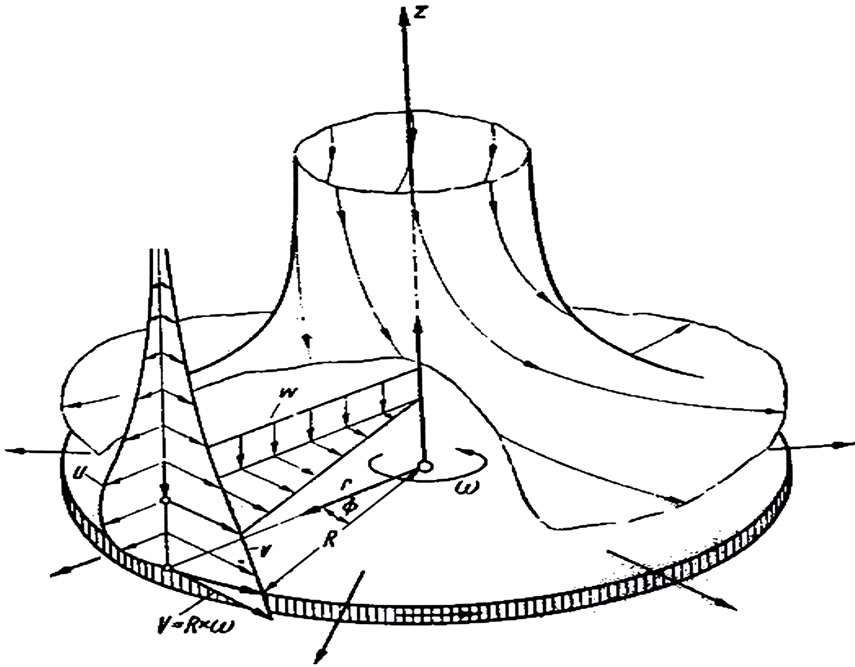istigatrice wrote: This is an example of precision, not accuracy. They've made a great precise test, but we have no idea about his accuracy, and they claim to have great accuracy, yet haven't substantiated why. ...
Exactly right.
I've been using tubular tyres since late 1970s. My wife, son and I have a few hundred thousand K (all train, and he races mostly only on tubulars).
I concluded lab tests are not that helpful to tell what real world use will be like.
My experience is how a tyre behaves on rollers is very different than the road - and the rollers.
We use for race warm-up rollers with a 5" drum, 3" drum (mostly), 2.5 (the small ones) with a power meter and heart rate monitor on the rider.
There is not an obvious correlation between tyres switching from a 5" to the 2.5" (so best on 5" may not be best on 2.5") and each combo requires different pressure to get the same rider HR/power resistance - at steady speed. Change the speed and one combo increases resistance much faster than another tyre.
When Pro Tour teams use a tyre they buy and block out the brand name, you have a good idea what the best tyres are - all around.
You can hold and feel a tyre and guess a lot about it depending on stiffness of case etc. A real test in the real use case is the only real useful test. That and factor in durability issues based on road and rider habits.
The Tufos get bad rolling reviews and I personally don't like them, but they are not designed to be ridden at 100PSI, the FMB silks and Vittoria's are. So each tyre should be tested at its sweet spot pressure, speed, deflection (or total downward force and road bumps), and have tyre weight, road condition, puncture resistance and other factors guessed in to get a close result.








